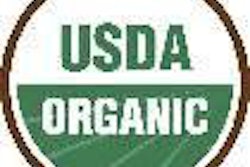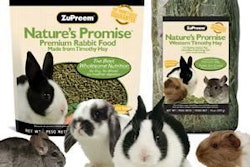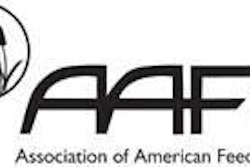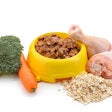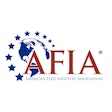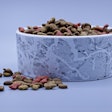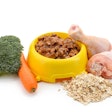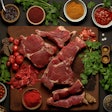Last month, I reported on the activities of the Association of American Feed Control Officials (AAFCO) Pet Food Committee during its annual meeting in Portland, Oregon, USA, in early August. This month I cover items that occurred outside of the Pet Food Committee session but still may affect petfoods.
Ingredients : Wheat gluten is an ingredient that was falsely implicated as a causative agent in the 2007 melamine-related petfood recall. As it turned out, the purported “gluten†was wheat flour purposely spiked with melamine to falsely increase apparent protein content. Regardless, the incident raised the question as to why wheat gluten was not AAFCO-defined.
At the meeting, the Ingredient Definitions Committee (IDC) discussed a proposed new definition for “vital wheat gluten.†The “vital†terminology refers to an ingredient processed so it retains its viscoelasticity, a property key to its technical function in petfoods. Apparently, a “devitalized wheat gluten†definition is also in the works. No action on the proposal was taken at this meeting.
IDC did vote to delete “charcoal†as an official feed term. Charcoal has been included in petfoods, perhaps most frequently in dog biscuits, for decades, with the feed term used as the ingredient name. However, reports of concerns regarding contaminants such as dioxins prompted a reconsideration of this use of the term. With the deletion of the term (assuming the board of directors and full membership agree), continued use of charcoal as a petfood ingredient would require a petition for a new feed ingredient definition. Â
Petfood safety : The US Food and Drug Administration (FDA) announced the availability of draft guidance regarding Salmonella in animal feeds. Briefly, a decision for enforcement action against a livestock feed contaminated with Salmonella will primarily depend on whether the serotype is pathogenic in the intended species. However, where there is increased likelihood of direct human contact (e.g., petfoods, petting zoo feeds) and subsequent increase in public health risk, contamination with Salmonella of any serotype is potentially actionable.
Model Good Manufacturing Practice (GMP) Regulations for Feed and Feed Ingredients (including petfoods) are now in the AAFCO Official Publication. At the meeting, the Feed Manufacturing Committee discussed how these regulations compared to other documents.  It was reported that upon review, no conflicts between the GMPs and AAFCO’s verification program for hazard analysis critical control points (HACCP) plans could be found.
Also, FDA intends to institute its own GMPs for animal feeds as required under the FDA Amendments Act of 2007. At this time, it is expected that FDA’s proposed GMPs will complement, but not conflict with, AAFCO’s regulations. However, a formal comparison was not conducted. It was suggested that AAFCO review and comment on FDA’s proposal when it is published in the Federal Register next year.
Organic petfood update : A representative of the petfood industry gave a report on its response to the US Department of Agriculture’s (USDA) concerns regarding use of synthetic ingredients such as vitamins, minerals and other trace nutrients like taurine in certified organic petfoods. The industry report can be found on AAFCO’s website.
It was reported that discussions have prompted USDA to give higher priority to promulgating regulations to specifically apply to organic petfoods. Industry has indicated its intent to work on development of petitions to get more petfood-specific ingredients on the National List. It is hoped these actions will help support the request for an adequate transition period whereby certification and distribution of these products are not disrupted.Â
Label matters : The Model Bill & Regulations Committee discussed, but did not act on, the proposal amendment to the model petfood regulations to change the means by which guarantees on specialty petfood labels are made. When enacted, guarantees would be required to be in the same units as currently required for dog and cat food labels instead of livestock feed labels (e.g., mg/kg vs. ppm, IU/kg vs. IU/lb). Because this would require a change of many specialty petfood labels, at issue now is verbiage to follow the proposal that would provide an ample grace period to allow for a smooth transition. The topic will be revisited at the “mid-year†meeting in January.
Discussion is continuing in the Feed Labeling Committee on replacing crude fiber in the guaranteed analysis with a more nutritionally meaningful measurement. At this time, talk has focused on livestock feed labels. However, this initiative to amend required guarantees could eventually affect the labeling of petfoods as well.



